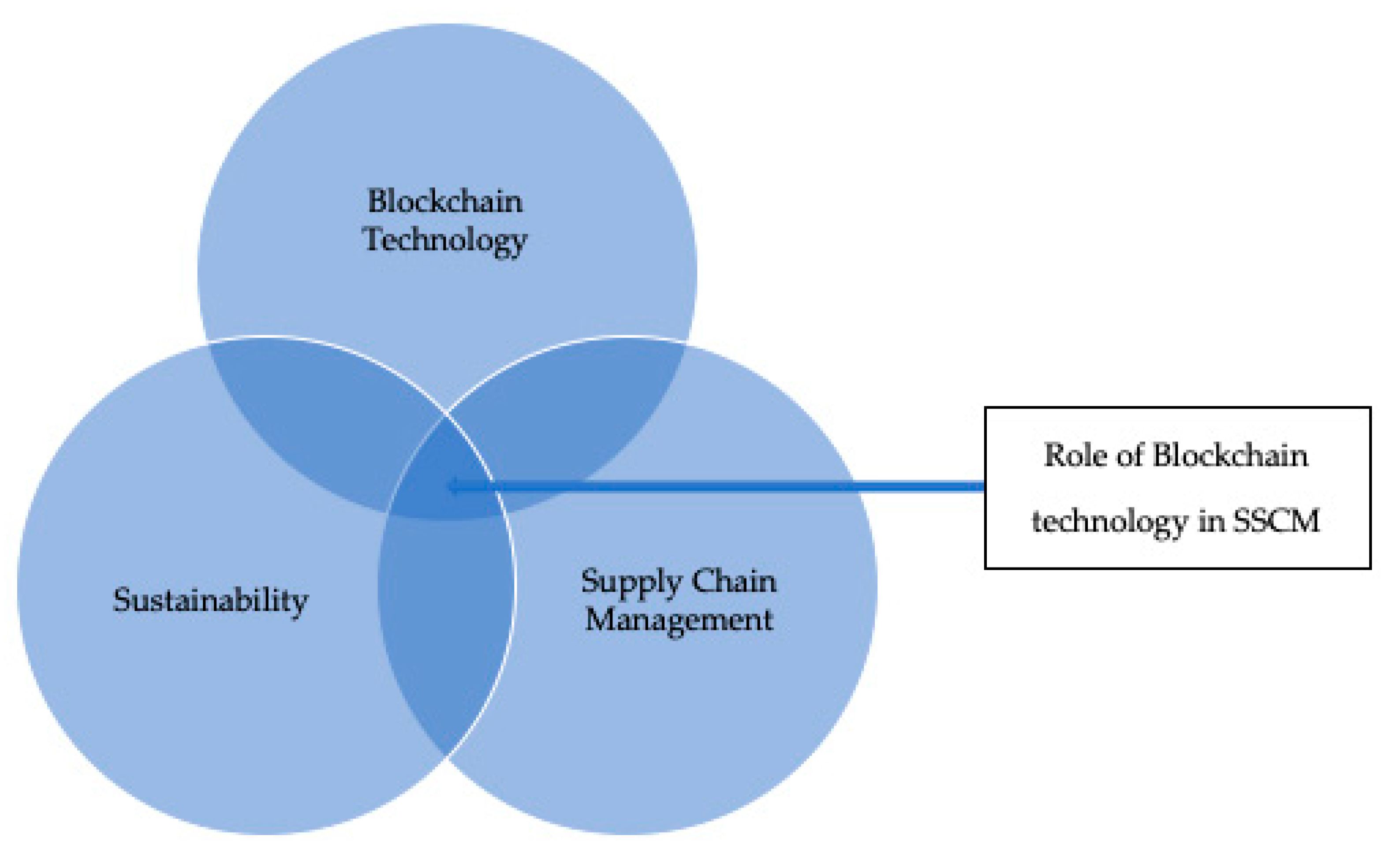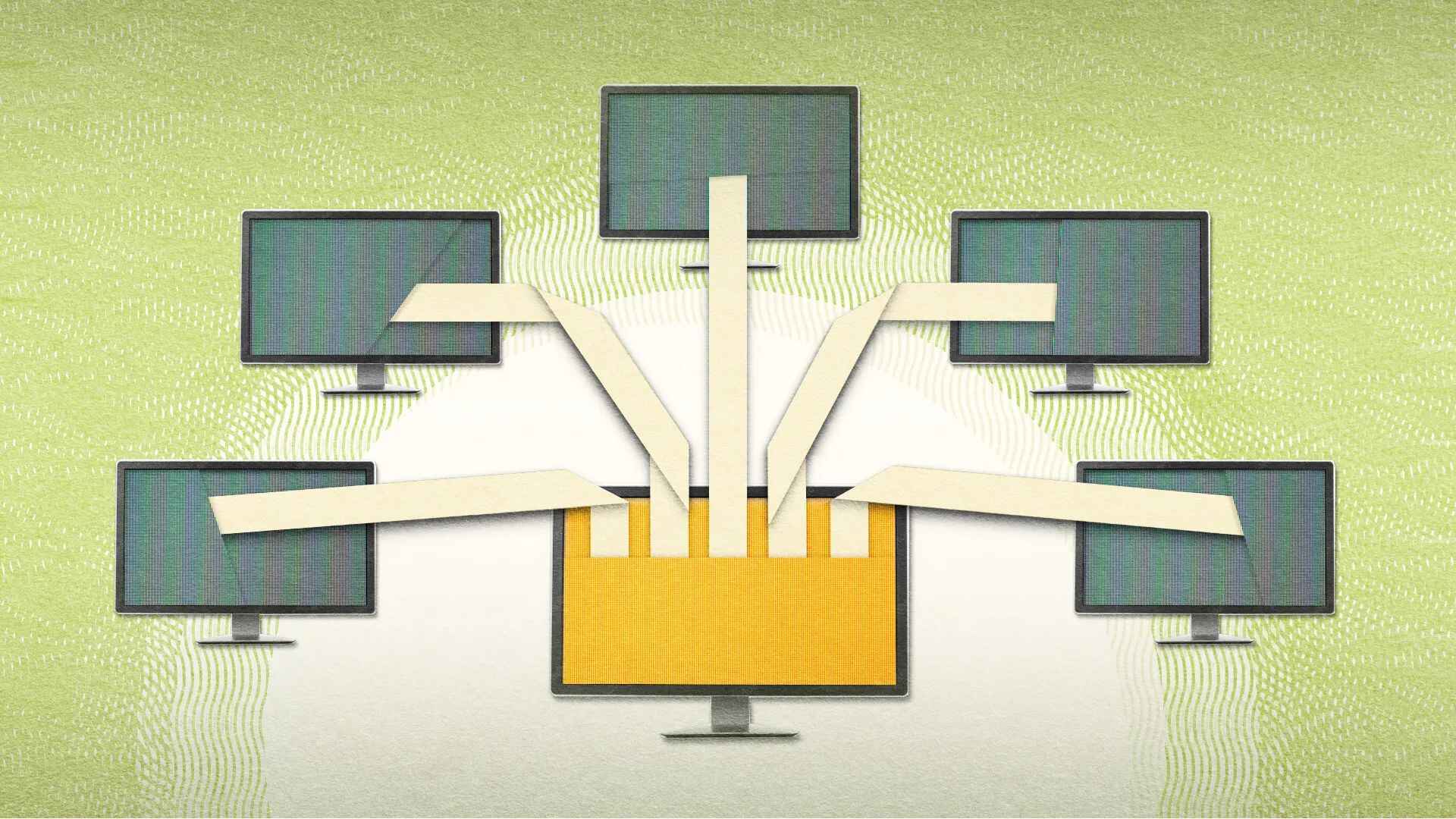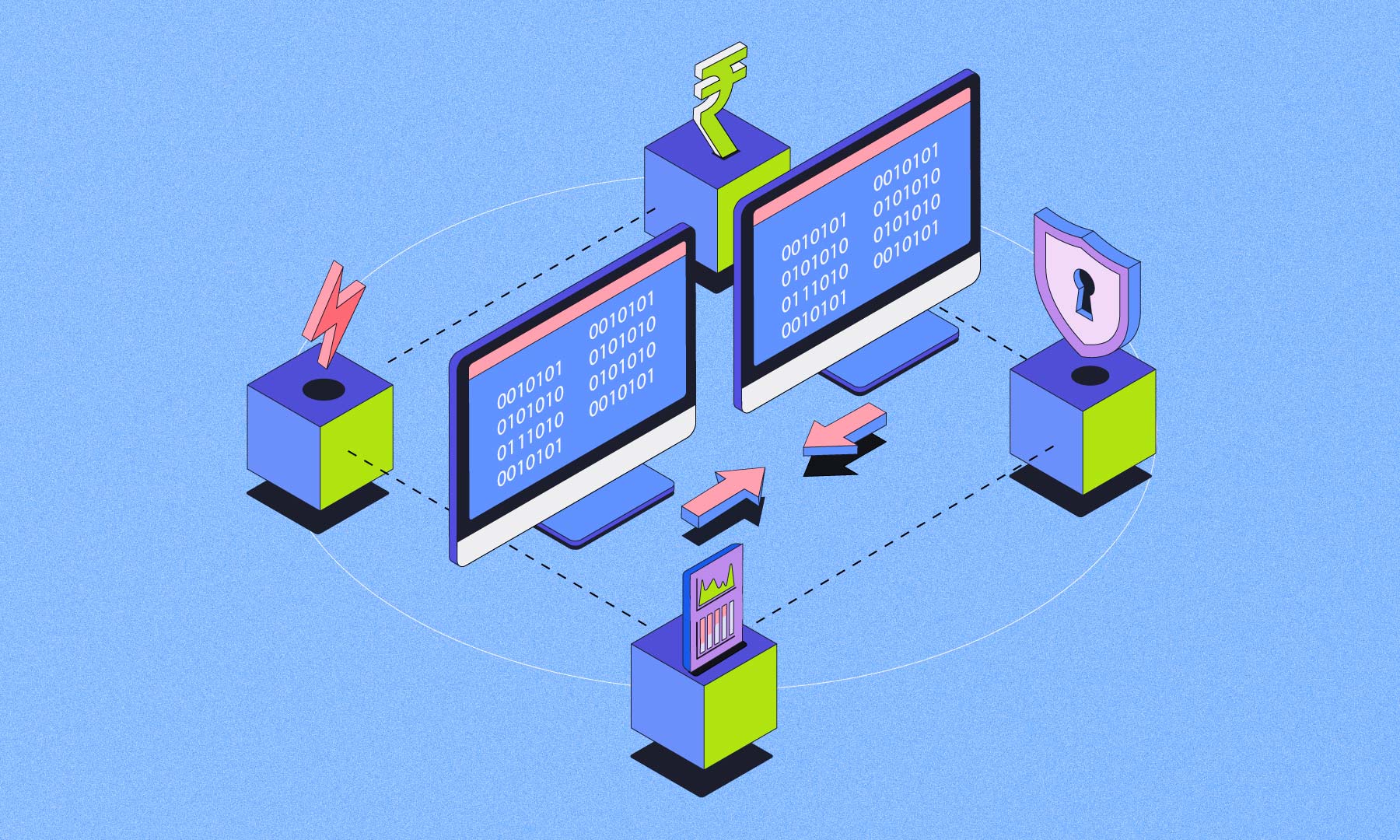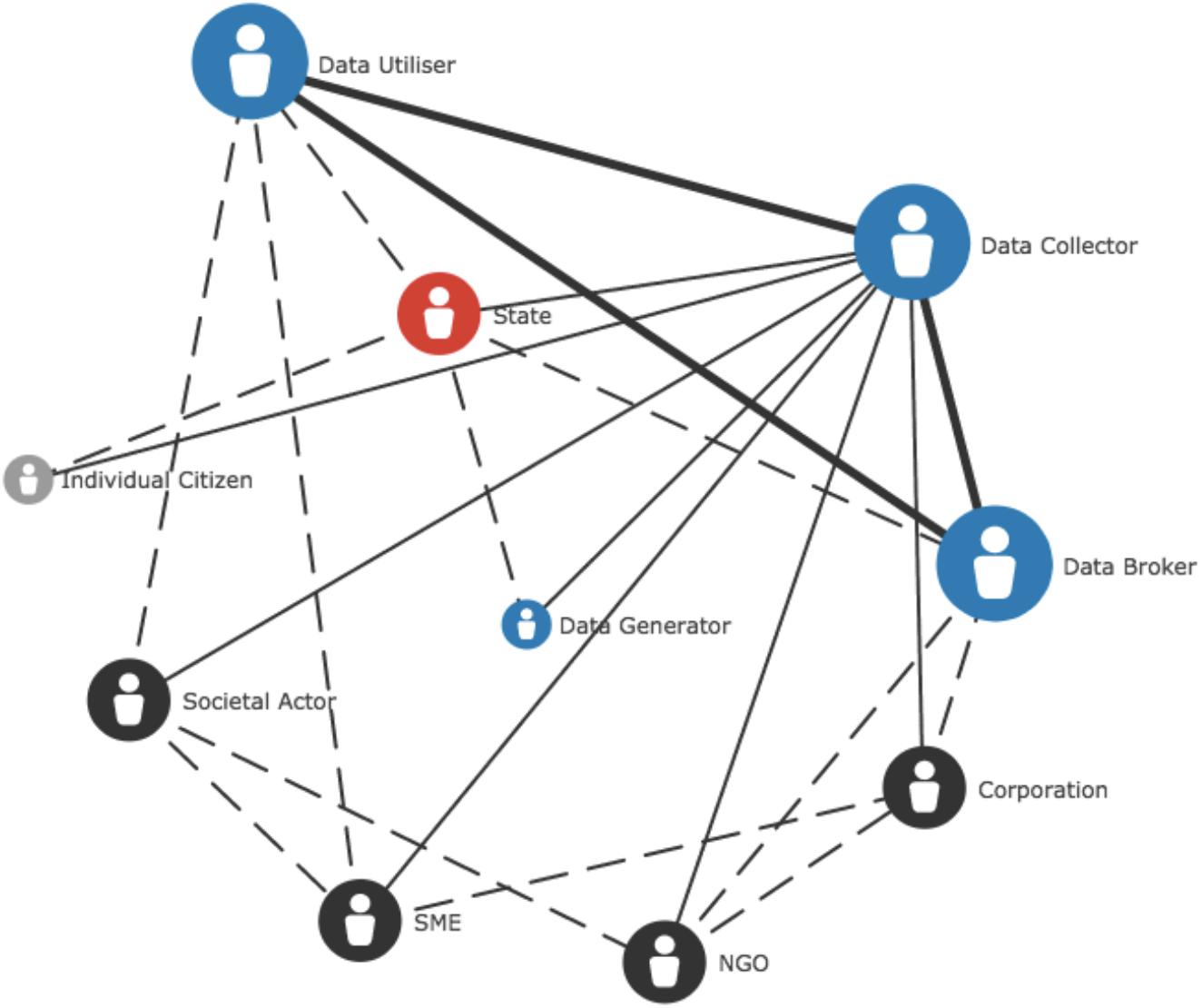Introduction
Blockchain technology has emerged as one of the most groundbreaking innovations of the digital age. Initially introduced as the underlying technology for cryptocurrencies like Bitcoin, it has now expanded its applications across various industries. Blockchain technology has gained significant attention due to its potential to revolutionize systems and processes, offering numerous benefits that traditional methods cannot match.
At its core, blockchain is a decentralized and transparent ledger that securely records and verifies transactions. Unlike traditional centralized systems, blockchain operates on a distributed network where multiple participants known as nodes verify and authenticate each transaction. This transparency and decentralization bring forth a host of advantages that have the potential to reshape industries and transform the way we interact with technology.
In this article, we will explore the benefits of blockchain technology and understand why it has garnered so much attention. From increased security to improved efficiency, each advantage offers unique value to businesses and individuals alike. By harnessing the power of blockchain, organizations can streamline operations, enhance data integrity, and potentially unlock new levels of innovation and disruption.
Increased Security
One of the primary benefits of blockchain technology is its unparalleled security. Traditional systems often rely on a central authority or intermediary to validate and authorize transactions, leaving them vulnerable to hacks and data breaches. In contrast, blockchain employs cryptographic algorithms and decentralized consensus mechanisms to ensure the integrity and immutability of data. This makes it extremely difficult for hackers to manipulate or corrupt the information stored on the blockchain.
Each transaction recorded on the blockchain is secured using cryptographic hash functions, which create a unique digital signature for every block of data. These signatures are interconnected, forming a chain of blocks that are linked together with high-level encryption. As a result, any attempt to tamper with a single block would require altering all subsequent blocks, making it practically impossible to modify or delete transactions without detection.
Furthermore, blockchain’s distributed nature adds an extra layer of security. Traditional databases are susceptible to attacks as they often store data in one centralized location. In a blockchain network, data is replicated and stored across multiple nodes, removing any single point of failure. Even if one node is compromised, the information on the blockchain remains intact as other nodes have copies of the data.
Blockchain’s security features also extend to user privacy. Instead of revealing personal information in transactions, blockchain uses anonymous cryptographic keys to verify and validate the transactions. This prevents the exposure of sensitive data, reducing the risk of identity theft and fraudulent activities. With blockchain, users have more control over their personal information, enhancing overall security and privacy.
The increased security offered by blockchain has profound implications in various sectors. For example, in the finance industry, blockchain can be used to create secure and transparent systems for payment processing and financial transactions. By removing intermediaries and utilizing blockchain’s cryptographic security, the risk of fraud, money laundering, and unauthorized transactions can be significantly reduced. Similarly, blockchain can also be applied to supply chain management, ensuring the authenticity and traceability of products, combating counterfeiting, and eliminating fraudulent activities.
Transparency and Traceability
Blockchain technology offers an unprecedented level of transparency and traceability, making it a game-changer in industries where trust and accountability are crucial. Traditional systems often lack transparency, with information being held behind closed doors and only accessible to trusted parties. In contrast, blockchain provides a transparent and publicly visible ledger where all transactions are recorded and can be accessed by anyone with permission.
By leveraging blockchain technology, organizations can create auditable and immutable records of transactions, ensuring that every step of a process is transparent and accountable. This transparency helps eliminate fraud and corruption by making it difficult to manipulate data and transactions without detection. It also enhances trust among stakeholders, as they can independently verify the authenticity and accuracy of information stored on the blockchain.
Additionally, blockchain enables traceability across supply chains, bringing supply chain management to a new level of efficiency and accountability. Each product or component can be assigned a unique digital identity on the blockchain, allowing stakeholders to track its journey from the point of origin to the end consumer. This provides valuable insights into the provenance, quality, and authenticity of products, making it easier to identify and address issues such as counterfeit products or unethical sourcing practices.
In industries like healthcare and food safety, blockchain’s transparency and traceability can have significant impacts. For instance, in the pharmaceutical industry, the counterfeit drug market poses a serious threat to public health. By implementing blockchain solutions, pharmaceutical companies can track and trace the entire supply chain, ensuring the integrity and authenticity of medications. This not only protects patients but also increases accountability and reduces the risk of counterfeit drugs entering the market.
Furthermore, blockchain’s transparency and traceability make it a powerful tool in promoting sustainability and ethical practices. With blockchain, consumers can have access to detailed information about the environmental impact, fair trade practices, and responsible sourcing of products. This empowers individuals to make informed purchasing decisions and encourages companies to adopt sustainable and ethical practices to attract conscientious consumers.
In summary, blockchain’s transparency and traceability features enable businesses to operate with increased trust, accountability, and efficiency. By providing a secure, auditable, and immutable record of transactions, blockchain technology is revolutionizing industries by eliminating fraud, enhancing supply chain management, and fostering a culture of transparency and responsibility.
Elimination of Intermediaries
One of the significant advantages that blockchain technology brings is the potential to eliminate the need for intermediaries in various processes. Intermediaries, such as banks, brokers, and middlemen, play a role in facilitating transactions and ensuring trust between parties. However, they often introduce additional costs, delays, and complexities to the process. Blockchain has the potential to streamline these operations by providing a decentralized, trustless, and efficient system.
Traditionally, when making transactions, parties need to rely on intermediaries to validate and authorize these transactions. This process can be time-consuming and expensive due to the fees charged by intermediaries. With blockchain, transactions can be conducted peer-to-peer without the need for intermediaries. The blockchain’s distributed ledger ensures that transaction records are verified and validated by multiple participants, eliminating the need for a central authority.
For example, in the financial industry, blockchain can disrupt the traditional banking system by enabling direct peer-to-peer transactions. This eliminates the need for banks to serve as intermediaries, reducing transaction costs and increasing the speed of transactions. Blockchain-based cryptocurrencies have already shown the potential to revolutionize cross-border payments, as they can be executed swiftly and at a fraction of the cost compared to traditional methods.
In addition to financial transactions, blockchain can also eliminate intermediaries in other sectors. In real estate, for instance, blockchain can streamline the process of buying and selling properties by removing the need for intermediaries, such as real estate agents and lawyers. Smart contracts, powered by blockchain, can automatically enforce the terms and conditions of the transaction, ensuring a transparent and efficient process between buyers and sellers.
Furthermore, blockchain’s elimination of intermediaries can revolutionize supply chain management. Traditionally, supply chains involve multiple intermediaries, increasing costs and reducing transparency. By utilizing blockchain, stakeholders in the supply chain can directly interact and share information, eliminating the need for intermediaries like brokers and distributors. This results in a more efficient and transparent supply chain, with real-time visibility and traceability of products from origin to end-consumer.
In summary, blockchain technology has the potential to disrupt industries by eliminating intermediaries and enabling peer-to-peer transactions. By leveraging the security and transparency of blockchain technology, businesses can reduce costs, increase efficiency, and create trustless systems that empower individuals to transact directly with each other. The elimination of intermediaries not only simplifies processes but also democratizes access and fosters a more efficient and inclusive economy.
Improved Efficiency
Another key benefit of blockchain technology is the potential for improved efficiency in various processes. Traditional systems often involve manual and time-consuming tasks, leading to delays, errors, and higher operational costs. Blockchain offers a decentralized, automated, and transparent solution that can streamline operations, reduce friction, and enhance overall efficiency.
One way blockchain improves efficiency is by automating and digitizing processes through smart contracts. Smart contracts are self-executing contracts with predefined rules and conditions encoded within the blockchain. Once these conditions are met, the contract automatically executes, eliminating the need for manual intervention and reducing the chances of errors and disputes. This automation improves the speed and accuracy of transactions, as well as eliminates the need for intermediaries to validate and enforce contracts.
Moreover, blockchain’s distributed ledger provides real-time and transparent visibility into transactions and data. Unlike traditional databases where information is siloed and fragmented, blockchain enables all participants in the network to have access to the same set of data. This shared ledger eliminates the need for reconciliations, as all parties have a synchronized view of the data, reducing errors and delays caused by discrepancies.
Blockchain also improves efficiency by reducing the reliance on paper-based processes and manual documentation. Traditionally, organizations have to manage and store large volumes of physical paperwork, which often leads to administrative burdens and potential loss or damage of documents. With blockchain, digital records are securely stored on the distributed ledger, eliminating the need for physical documents and simplifying the retrieval and verification process. This not only saves time and resources but also improves data integrity and ease of auditing.
Additionally, in industries such as supply chain management, blockchain can enhance efficiency by providing real-time tracking and monitoring capabilities. With blockchain, stakeholders can track the movement of goods at each stage of the supply chain, reducing delays, identifying bottlenecks, and improving overall logistics operations. This increased visibility and efficiency lead to faster delivery times, reduced inventory holding costs, and improved customer satisfaction.
Furthermore, blockchain’s enhanced efficiency extends to data exchange and interoperability. Traditional systems often face challenges when it comes to securely exchanging and integrating data between different organizations or systems. Blockchain’s decentralized and standardized approach allows for seamless data exchange and interoperability, eliminating the need for time-consuming manual processes and reducing the risk of errors.
In summary, blockchain technology improves efficiency by automating processes, providing real-time visibility, eliminating paper-based documentation, and enhancing data exchange. By leveraging blockchain, organizations can streamline operations, reduce costs, and increase productivity. The potential for improved efficiency makes blockchain an attractive solution for industries looking to optimize their processes and stay ahead in a rapidly changing digital landscape.
Cost Reduction
One of the major benefits of implementing blockchain technology is the potential for significant cost reduction. Traditional systems often involve multiple intermediaries, legacy infrastructures, and manual processes, leading to high operational costs. Blockchain offers a decentralized, streamlined, and efficient alternative that can help organizations save money in various ways.
First and foremost, blockchain eliminates the need for intermediaries in many processes. Intermediaries often charge fees for their services, increasing the overall cost of transactions. With blockchain, transactions can be conducted directly between parties, cutting out intermediaries and reducing associated fees. This cost reduction is particularly evident in financial transactions, where blockchain-based cryptocurrencies provide a more affordable alternative to traditional banking systems.
Additionally, blockchain technology simplifies and automates processes, reducing the need for manual intervention and administrative tasks. Smart contracts, powered by blockchain, enable self-executing contracts with pre-defined conditions, eliminating the need for intermediaries and reducing costs associated with contract preparation, negotiation, and enforcement. By automating these processes, organizations can save time and resources, resulting in significant cost savings.
Furthermore, blockchain’s transparency and immutability reduce the need for auditing and reconciliation processes. Traditional systems often require extensive auditing procedures to verify and reconcile data across different systems and parties. With blockchain, all transactions are recorded in a transparent and tamper-evident manner, reducing the need for costly audits and ensuring accurate and reliable data. This not only saves money but also improves overall efficiency in financial reporting and compliance processes.
In supply chain management, blockchain can also lead to cost reduction by improving transparency and eliminating inefficiencies. By tracking and tracing products on the blockchain, organizations can identify bottlenecks, reduce fraud and counterfeiting, and streamline logistics operations. This leads to faster and more efficient supply chains, reducing costs associated with delays, inventory holding, and wastage.
Additionally, blockchain’s decentralized nature eliminates the need for costly data storage and infrastructure. Traditional systems often require extensive hardware and software investments to maintain and secure data. With blockchain, data is distributed across a network of nodes, reducing the need for expensive infrastructure and minimizing operational costs.
Moreover, blockchain offers cost reduction opportunities by enhancing cybersecurity and reducing the risk of data breaches and fraud. Traditional systems are vulnerable to cyber-attacks and hacking attempts, requiring significant investment in security measures. Blockchain’s cryptographic algorithms and distributed network make it highly secure, reducing the risk and associated costs of security breaches.
In summary, blockchain technology provides numerous avenues for cost reduction by eliminating intermediaries, automating processes, improving transparency, and enhancing data security. By leveraging the benefits of blockchain, organizations can streamline operations, reduce operational costs, and allocate resources more efficiently. The potential for cost reduction makes blockchain an attractive solution for businesses looking to optimize their processes and remain competitive in today’s challenging economic landscape.
Enhanced Data Integrity
One of the fundamental benefits of blockchain technology is its ability to ensure enhanced data integrity. Data integrity refers to the trustworthiness and accuracy of data, protecting it from unauthorized modification or corruption. Traditional systems often struggle to maintain data integrity due to vulnerabilities in centralized databases and manual processes. Blockchain offers a solution to these challenges by employing cryptographic techniques, decentralized consensus, and immutability.
Blockchain achieves data integrity through cryptographic hashing algorithms. Each transaction recorded on the blockchain is encrypted into a unique digital signature called a hash. These hashes are interconnected, creating a chain of blocks with a strong cryptographic link. Any modification to a transaction or block would automatically change its hash, alerting all participants in the network to the tampering attempt.
Moreover, blockchain operates on a decentralized network where multiple participants known as nodes validate and verify transactions. Before a transaction is added to the blockchain, it must undergo a consensus mechanism, such as Proof of Work or Proof of Stake, where nodes agree that the transaction is valid. This distributed validation process ensures that no single party can alter or manipulate the data stored on the blockchain without consensus from the majority of nodes.
The immutability of blockchain also contributes to enhanced data integrity. Once a transaction is recorded on the blockchain, it becomes practically impossible to modify or delete it. Each block in the blockchain contains a reference to the previous block, forming a continuous and tamper-evident chain of transactions. In order to manipulate a transaction, an attacker would need to alter not only the specific block but all subsequent blocks, a task that is computationally infeasible due to the decentralized nature of blockchain networks.
Enhanced data integrity provided by blockchain has transformative implications across various industries. In the healthcare sector, for example, medical records are stored on the blockchain, ensuring that patient data remains secure and tamper-proof. This prevents unauthorized access, protects patient privacy, and eliminates the risk of medical fraud or falsification of records.
Furthermore, in the realm of digital rights management, blockchain ensures the integrity and authenticity of intellectual property. Artists and content creators can tokenize their work on the blockchain, establishing a transparent and immutable record of ownership and traceability. This safeguards their creations from plagiarism and unauthorized use, enabling fair compensation and protecting their intellectual property rights.
Moreover, blockchain’s data integrity features can be harnessed in legal and compliance processes. Smart contracts on the blockchain can automate and enforce contractual obligations, preventing fraud and ensuring compliance with agreed-upon terms. This streamlines legal processes, removes the need for intermediaries, and reduces the risk of disputes or breaches of contract.
In summary, blockchain technology offers enhanced data integrity through cryptographic hashing, decentralized validation, and immutability. By leveraging these features, organizations can ensure the trustworthiness and accuracy of their data, protect against unauthorized modification or corruption, and establish a reliable and tamper-proof record of transactions. The enhanced data integrity provided by blockchain has significant implications across industries, empowering organizations to securely and confidently manage their data and digital assets.
Decentralization and Distributed Ledger
One of the core principles underlying blockchain technology is decentralization, which offers numerous advantages over traditional centralized systems. In centralized systems, a single entity or authority has control over the data and transactions, posing risks such as censorship, data breaches, and single points of failure. Blockchain, on the other hand, operates on a decentralized network of nodes that collectively maintain a distributed ledger, ensuring transparency, security, and resilience.
Decentralization in blockchain means that no single entity has complete control or ownership over the network. Participating nodes in the network validate and verify transactions, ensuring trust and consensus without the need for a central authority. This feature makes blockchain resistant to censorship and manipulation, as changes to the blockchain require consensus among a majority of nodes in the network.
The distributed ledger is a key component of blockchain technology. In a blockchain network, all participants have a complete copy of the blockchain, which contains a record of all transactions ever conducted. This distributed ledger ensures transparency, as all participants can independently verify and validate transactions, enforcing accountability and reducing the risk of fraud.
The distributed nature of blockchain provides several benefits. First, it enhances security by eliminating single points of failure. Traditional centralized systems rely on a central server or database, which, if compromised, can lead to catastrophic consequences. In blockchain, data is replicated and stored across multiple nodes, making it incredibly difficult for an attacker to manipulate or compromise the entire network.
Furthermore, the distributed ledger in blockchain improves resilience. If one or more nodes in the network fail or are attacked, the rest of the network can continue to function unaffected. The availability of multiple copies of the blockchain ensures that the network remains operational and data remains accessible even in the face of disruptions or attacks.
Decentralization and the distributed ledger also facilitate trust between participants in a blockchain network. In traditional systems, parties often need to rely on intermediaries or trust-based relationships to conduct transactions. With blockchain, trust is established through the transparent and verifiable nature of the distributed ledger. Participants can verify the validity of transactions independently, reducing the need for intermediaries and creating trustless interactions.
The concept of decentralization and distributed ledger has revolutionizing implications across various industries. For instance, in the realm of finance, decentralized cryptocurrencies like Bitcoin enable peer-to-peer transactions without the need for intermediaries like banks. This not only reduces transaction costs but also allows individuals to have control over their own financial assets and bypasses the limitations and restrictions of traditional banking systems.
In supply chain management, blockchain’s decentralization and distributed ledger improve transparency, traceability, and accountability. By recording every stage of a product’s journey on the blockchain, stakeholders can easily trace its origin, quality, and authenticity, enhancing transparency and reducing the risk of fraud or unethical practices.
In summary, the decentralization and distributed ledger in blockchain technology bring transparency, security, resilience, and trust to systems and processes. By eliminating the need for a central authority and providing a transparent and verifiable record of transactions, blockchain empowers individuals and organizations to transact directly, mitigates the risks of censorship and data breaches, and opens up opportunities for innovation and disruption across industries.
Potential for Innovation and Disruption
Blockchain technology has the potential to unleash a wave of innovation and disruption across various industries. Its unique characteristics, such as decentralization, transparency, and security, open up new possibilities and avenues for improving existing processes, creating new business models, and transforming traditional systems.
One area where blockchain is driving innovation is in the realm of finance with the rise of cryptocurrencies and decentralized finance (DeFi). Blockchain-based cryptocurrencies offer alternative forms of digital currency, empowering individuals with greater control over their finances and bypassing the need for traditional banking systems. DeFi projects are leveraging blockchain to provide decentralized lending, borrowing, trading, and other financial services that were previously monopolized by banks and financial institutions. This shift towards decentralized finance is disrupting the traditional financial landscape and challenging the existing power dynamics.
Smart contracts, powered by blockchain, are also fueling innovation by automating and enforcing the execution of contractual agreements. With self-executing code embedded in the blockchain, smart contracts eliminate the need for intermediaries and ensure the transparent and tamper-proof execution of agreements. This innovation opens up possibilities for decentralized applications (DApps) and decentralized autonomous organizations (DAOs) where processes can be automated, payments can be governed by code, and trust can be established without the need for central authorities.
Moreover, blockchain technology is unlocking new opportunities in supply chain management, particularly in areas such as provenance and sustainability. Using blockchain, stakeholders can easily verify the origin, authenticity, and journey of products in real-time. This boosts supply chain transparency, reduces counterfeiting, and enables consumers to make informed decisions based on ethical and sustainable sourcing. The decentralized nature of blockchain also enhances collaboration among supply chain participants, enabling them to work together seamlessly, optimize logistics, and streamline processes.
Blockchain is also making waves in the healthcare industry, where it has the potential to transform electronic health records (EHRs) and enhance patient data privacy and security. By leveraging blockchain’s immutability and cryptographic features, healthcare providers can ensure the integrity and confidentiality of patient data while facilitating interoperability between different healthcare systems. This innovation can improve healthcare outcomes, enable personalized treatment plans, and facilitate medical research by providing a secure and decentralized platform for data sharing and analysis.
Furthermore, blockchain technology is being explored for its potential in revolutionizing voting and governance systems. By leveraging blockchain’s transparency and immutability, voting processes can be made more secure, transparent, and resistant to tampering. Blockchain-based voting systems can eliminate concerns surrounding voter fraud, enhance participation, and increase trust in democratic processes.
In summary, the potential for innovation and disruption brought about by blockchain technology is vast and far-reaching. From revolutionizing finance and supply chain management to transforming healthcare and governance systems, blockchain is reshaping industries and unlocking new possibilities. Embracing blockchain technology has the potential to drive efficiency, transparency, decentralization, and trust in various sectors, opening up endless opportunities for innovation and disruption in the digital era.
Conclusion
Blockchain technology has emerged as a disruptive force with the potential to revolutionize industries across the globe. With its inherent benefits of increased security, transparency, elimination of intermediaries, improved efficiency, cost reduction, enhanced data integrity, decentralization, and potential for innovation, blockchain is reshaping traditional systems and processes.
The increased security provided by blockchain’s cryptographic algorithms and decentralized consensus mechanisms ensures trust and prevents unauthorized tampering or manipulation of data. The transparency and traceability of blockchain enable stakeholders to verify and validate transactions, eliminating fraud and promoting accountability. The elimination of intermediaries in blockchain transactions reduces costs, speeds up processes, and enables peer-to-peer interactions. Improved efficiency is achieved through automation, real-time visibility, and streamlined processes. Blockchain’s cost reduction potential is realized through the elimination of intermediaries, automation, lower infrastructure costs, and enhanced cybersecurity.
The enhanced data integrity of blockchain ensures the trustworthiness, accuracy, and immutability of data, protecting against unauthorized modification or corruption. Its decentralization and distributed ledger offer transparency, security, resilience, and trust, eliminating single points of failure and providing a tamper-proof record of transactions.
Furthermore, blockchain’s potential for innovation and disruption is vast. It is transforming finance with cryptocurrencies and decentralized finance, revolutionizing supply chain management with transparency and traceability, improving healthcare with secure records and interoperability, and redefining voting and governance systems through transparency and tamper resistance.
In conclusion, blockchain technology is poised to reshape industries, disrupt traditional systems, and unlock new possibilities. Embracing the potential of blockchain can lead to increased efficiency, cost reduction, enhanced security, improved data integrity, and a shift towards decentralized, transparent, and trustless systems. As blockchain continues to evolve and be adopted, it holds immense promise for a future that is more secure, transparent, efficient, and innovative in our ever-evolving digital landscape.

























